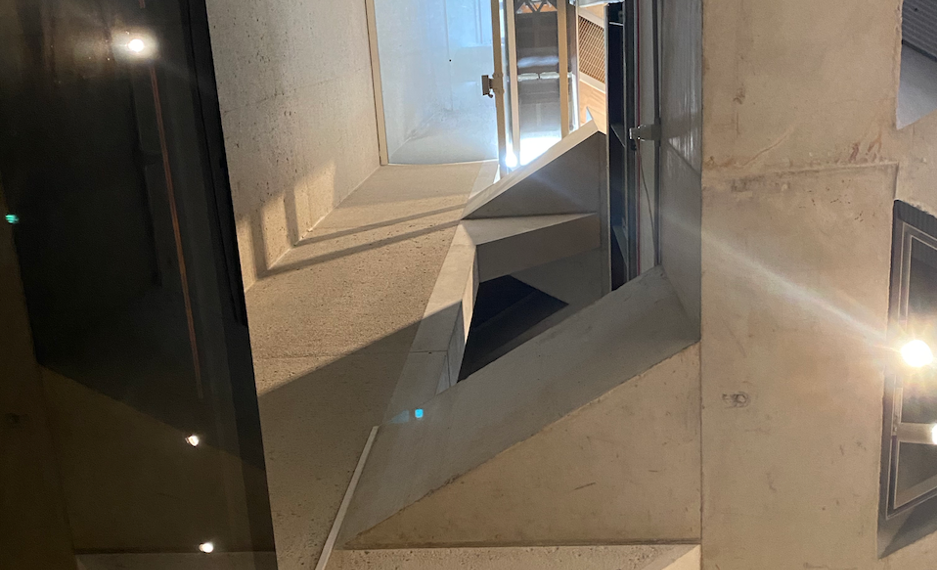There has been no doubt that 2020 has created massive challenges for many workplaces in the Western world, but especially in the Galleries, Libraries, Archives and Museums (GLAM) sector it has been more pointed than most. In Australia many of these institutions have faced the challenge of operating with their doors closed to the public, or at least drastic limits on the number of visitors they can have at any one time.
Unsurprisingly the increase of people staying inside at their homes created an opportunity for those in the GLAM sector who had progressed further in their efforts at digital transformation to demonstrate the value they have outside their usual walls.
Research undertaken in 2019, provides insights into the status of a cross section of the GLAM sector in Australia. A small anonymous survey was utilised to compare the experience & perceptions of IT & curatorial staff working within GLAM organisations.
Whilst no small single survey series can fully describe the workplace environment it does provide useful insights into the circumstances and challenges faced within the workplaces where it’s respondents are at the forefront of digital transformation challenges being faced by the sector.
Two surveys using a majority of Likert scale questions were sent to contacts and front desks of many Australian cultural institutions via an email with a weblink, utilising the Qualtrics survey tool. Social media promotion of the survey was undertaken, and the two surveys were completed sequentially. Data collection was anonymised via the collection process (names, organisation, geographic details were not requested) and results were reported from within the Qualtrics survey tool and via spreadsheet analysis.
Some interesting demographic differences between curatorial and IT staff did emerge and there are insights that can be drawn from them.
Notably there was a clear gender split, and the qualifications spread was skewed between the two cohorts



From the above it can be see that IT respondents were significantly more male & were less likely to have post graduate qualifications. Curatorial respondents skewed female, slightly older, and had significantly higher levels of education, with 55 percent of curatorial respondents having post graduate qualifications competed to only 24 percent of IT respondents. This shows that different experiences, backgrounds and knowledges are working within the sector.
Another interesting result of the surveys was that 74 percent of IT respondents had worked at the same organisation for more than 5 years whereas only 57 percent of curatorial had done the same. Given the other demographic factors noted this was unexpected, as IT staff are often considered more mobile in their careers. When asked about where else respondents had worked 26 percent of curatorial had worked within another cultural institution but 12 percent of IT respondents had done the same.
On the question of what respondents indicated impacted on their work, both sets of respondents noted that the time available and the adequacy of resources ere significant, 48 percent of curatorial identified these two factors as did 60 percent IT respondents. 24 percent of both identified time constraints whereas 24 percent of curatorial and 36 percent of IT identified available resources.
Within the institutions of the GLAM sector the skills for digital transformation are not always where an outsider might expect to find them. Understanding the resources available are the first order of any kind of crisis management. If staff already identify that there is insufficient time and resources available for doing their work, it will make any efforts to change to a more digital focussed harder than it might otherwise be.
On a more positive note the majority of all respondents identified that they had been involved in digitisation process with over 60 percent of both surveys reporting at least a moderate amount of involvement in digitisation processes.
Digitisation is in many cases the first step in making any kind of digital experience possible, the GLAM sector in Australia has been at the forefront of taking digital approached, for example the National Library of Australia’s “Trove” project has been running a public interface since 2009 which itself was a project that had been running for 9 years.
That staff have experience with at least the starting point of a digital transformation journey, has been of benefit, although their identification of lacking resources of time and within their organisation is of concern, and 2020’s push to enable a more digital and socially distanced access to the collections held has been a challenge.

